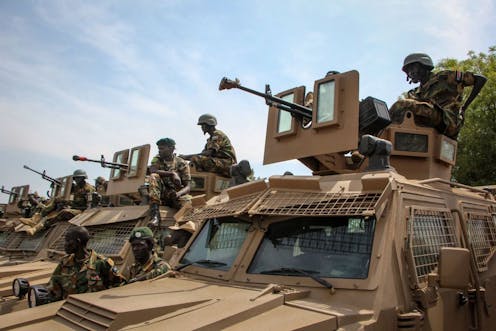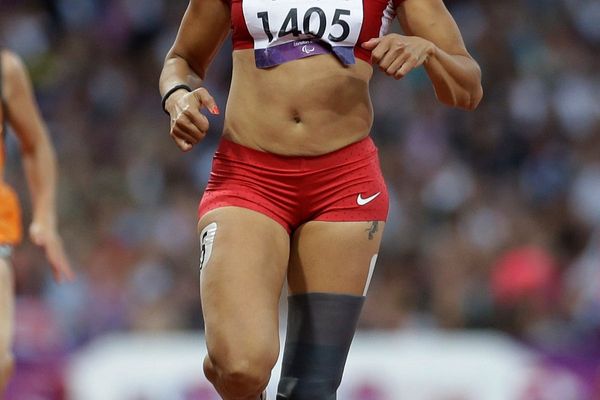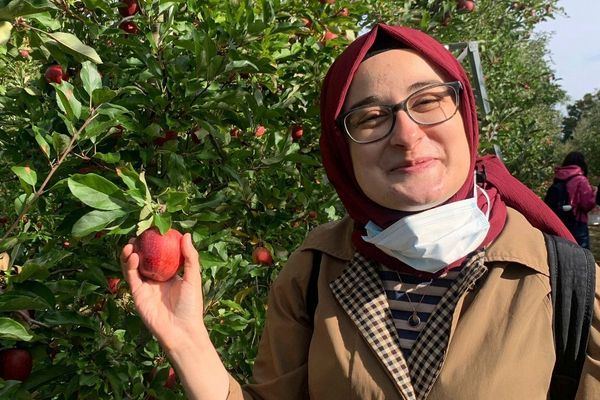
The East Africa Community (EAC) has completed the deployment of its regional force in the Democratic Republic of the Congo (DRC) to oversee the withdrawal of the rebel group, M23, from the eastern part of the country.
The last contingent was of South Sudanese soldiers who joined troops from Kenya, Burundi and Uganda.
Formed in 2012 as a splinter group of the armed militia National Congress for the Defence of the People, the M23 briefly occupied the city of Goma the same year. It was quickly routed by forces operating as part of the UN peacekeeping mission, Monusco.
The M23 re-emerged in 2022, prompting the east African region to send in troops.
While eastern DRC contains over 100 armed groups, the M23 has drawn the region’s attention. This is not only because the conflict could spill across borders, but also because the M23 is widely seen as backed by Rwanda (a claim Rwanda denies). Thus, a rise in tension could reignite fighting between Rwanda and DRC, and draw in the broader region.
The EAC’s forces could be important in bringing the threat posed by the M23 under control, given the regional dimensions to this conflict. But their involvement is complicated.
On the one hand, neighbouring countries often have a better understanding of local political and security contexts than international actors. They also have more direct interest in the outcome of conflict, potentially leading to more sustained engagement.
On the other hand, neighbouring countries have their own interests, which means their actions may not always be in the best interests of the country they’re meant to help. Such risks are especially pronounced in the DRC.
Read more: Conflict in the DRC: 5 articles that explain what's gone wrong
The country’s history has been rife with meddling by its neighbours, including some members of the EAC regional force. The two Congo wars – in 1996-1997 and 1998-2003 – brought numerous foreign forces to Congolese soil.
While some neighbouring countries came to support the DRC government, others backed the rebels during the two wars, and actors from multiple sides have pillaged DRC’s natural resources. Public distrust in the regional force is, therefore, high.
Based on lessons learned from previous interventions in the DRC, it’s not clear whether the EAC regional force will help the DRC find peace this time around or contribute, deliberately or otherwise, to its instability.
Here is a short overview of the players in the regional force and their connections to the DRC.
Kenya
Kenya has relatively more economic resources than some other EAC members and a less complicated history with the DRC. While Kenya has had troops in the country since 1999 as part of the UN peacekeeping operation, it has been less tangled in previous conflicts in the DRC.
Kenya deployed its troops as part of the regional force in November 2022 after the the M23 enlarged its territorial hold in Congo’s eastern region.
Kenyan president William Ruto has stated that defeating the M23 is important for the region. Stability in the DRC is also in Kenya’s economic interests. It accelerated investments into the DRC after the latter joined the regional bloc in 2022.
Burundi
Burundi has a tangled history with the DRC. It was involved in the two Congo wars and has been accused by the DRC of occupying its border provinces and violating human rights and international law during these conflicts.
Burundi formally deployed troops to Goma in August 2022. A second battalion was deployed seven months later. But a Burundian rights group has claimed that Burundi has been conducting secret operations against Burundian opposition groups within DRC for some time. The group also expressed concern that Burundi may use its membership of the regional force to continue operations against its opponents.
Read more: East Africa’s peace mission in the DRC: why it’s in Burundi’s interest to help
Uganda
Uganda deployed troops to the force in March 2023. Before this, it conducted joint operations with Congolese national forces against the rebel Allied Democratic Forces, a Uganda-based, Islamic State-allied group that has been particularly violent towards civilians.
Despite their common foe, Uganda and DRC have a history of tension. Uganda’s military intervention in the DRC in the 1990s was found by the International Court of Justice to be “of such magnitude and duration” that it was considered “a grave violation” of the prohibition on the use of force in terms of the UN Charter. The court ordered Uganda to pay US$325 million for its illegal occupation. Uganda made its first payment of US$65 million in September 2022.
Read more: How conflicts intertwined over time and destabilised the DRC – and the region
Ugandan troops have found some early success in their deployment. This includes the area of Bunagana, where they were able to regain control of the town that had been held for months by the M23. Nevertheless, Uganda’s involvement in the illegal exploitation of DRC’s natural resources in the 1990s and early 2000s raises concerns about its presence among the local population.
South Sudan
South Sudan is the most recent EAC member state to deploy troops to the DRC after some initial logistical delays. South Sudan’s history with the DRC is less contentious than Uganda’s and Burundi’s. However, its national forces have a history of human rights abuses against their own population.
Despite South Sudan president Salva Kiir’s instruction that his troops not “go and rape women and girls”, their presence within the crowded theatre could increase the risk of human rights abuses.
Risky, but necessary?
Despite these risks, the EAC regional force may be the DRC’s best chance of defeating the M23. Monusco has struggled to mitigate the M23 or the numerous other rebel groups operating in the eastern region.
One advantage for the EAC is that it’s leading both the political and military responses to the M23, which were previously led by different actors. The M23 threat requires both a political and military response, and ensuring these two prongs remain closely integrated is essential.
So far, though, the M23 has not respected the timelines for withdrawal set as part of the political process, including the most recent 30 March 2022 deadline.
Read more: East African troops hope to bring peace in the DRC but there may be stumbling blocks
This lack of progress has led Angolan president João Lourenço – who is mediating peace talks between the DRC and Rwanda – to announce the deployment of 500 Angolan troops to the volatile east. Kinshasa said the Angolan troops would be there “not to attack but to help maintain peace”. Sadly, there is not yet much peace to be maintained.
Jenna Russo is the Director of Research for the International Peace Institute (IPI) and the Head of IPI's Brian Urquhart Center for Peace Operations.
This article was originally published on The Conversation. Read the original article.







